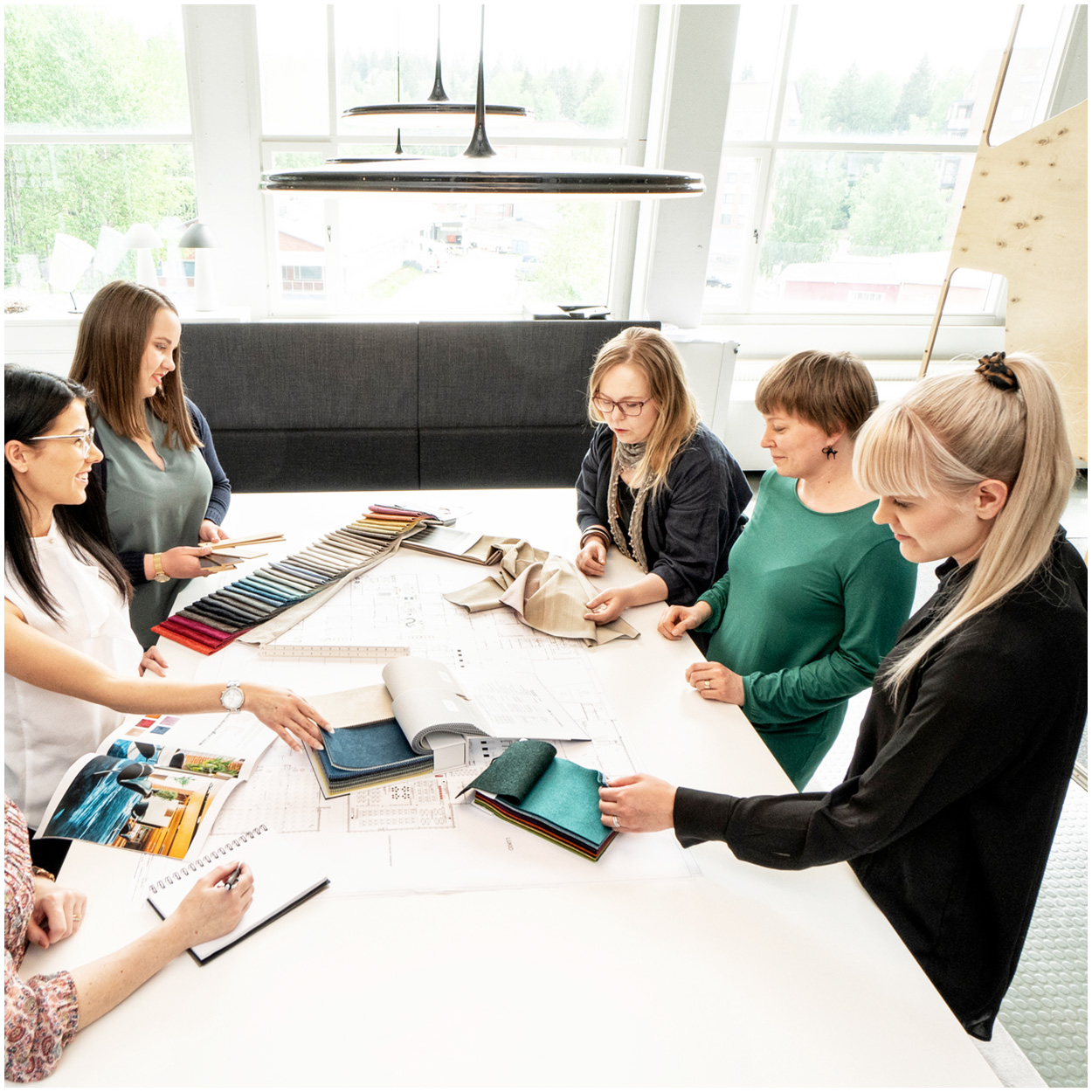Innovative school furniture: Revolutionizing classrooms for better learning
Innovative school furniture is revolutionizing classrooms by enhancing flexibility, collaboration, and engagement among students. Schools are transitioning from traditional, static environments to dynamic spaces that encourage active learning and interaction. This shift not only fosters creativity but also supports diverse teaching methods and learning styles. This article explores how these changes benefit educational environments and addresses key questions about the impact of modern furniture solutions.
What are the key features of innovative school furniture?
Modern school furniture is characterized by its flexibility and adaptability, allowing classrooms to transform to meet various educational needs. Ergonomic design is at the forefront, ensuring that both students and teachers remain comfortable and healthy, enabling better focus and productivity. This includes items such as ergonomic classroom chairs and adjustable desks that cater to different body types and postures.
Technology integration is another significant feature. Innovative classroom furniture often incorporates elements that support digital learning tools, such as built-in charging stations or modular tables that can easily accommodate devices. This integration ensures that students and teachers can seamlessly incorporate technology into their daily activities, supporting a more interactive learning environment.
Furthermore, the ability to customize furniture solutions is paramount. Schools can tailor their furniture choices to align with specific educational goals and teaching styles. Moveable classroom furniture, such as tables on wheels and lightweight chairs, allows for quick reconfiguration, supporting a variety of instructional methods, from individual work to group projects.
How does innovative furniture improve student engagement and learning outcomes?
Innovative school furniture plays a crucial role in enhancing student engagement by creating inspiring learning environments. When students are comfortable and have the flexibility to move and interact, they are more likely to participate actively in class discussions and activities. Ergonomic student chairs, for instance, provide comfort and support, reducing distractions caused by discomfort.
Research has shown that modern furniture designs can lead to improved academic performance. Classrooms that utilize ergonomic classroom furniture and innovative layouts encourage students to collaborate and communicate more effectively. This setup fosters a sense of community and belonging, which is essential for effective learning.
Real-world examples illustrate these benefits. Schools that have adopted innovative furniture solutions report higher levels of student satisfaction and engagement, leading to better learning outcomes. By prioritizing furniture that supports active learning, educational institutions can create environments that motivate and inspire students.
How does furniture design influence classroom management and teacher effectiveness?
The design and layout of school furniture significantly affect classroom management and teacher effectiveness. Flexible furniture arrangements enable teachers to easily modify their teaching setups to suit different activities and group sizes. This adaptability supports diverse teaching styles, allowing educators to implement various instructional methods seamlessly.
Innovative furniture also enhances teacher-student interactions by facilitating easier movement and communication within the classroom. For example, movable classroom furniture can be rearranged to promote collaborative learning or to create intimate discussion circles, depending on the lesson’s objectives.
Moreover, well-designed furniture solutions contribute to a more organized and aesthetically pleasing classroom environment. This organization reduces chaos and distractions, enabling teachers to focus on delivering effective instruction and maintaining student engagement.
What are the considerations for schools when investing in new furniture?
When choosing new furniture, school administrators must consider several factors to ensure that their investment aligns with their educational goals. Cost is a primary concern, but it’s essential to balance affordability with quality and durability. High-quality, durable furniture may have a higher initial cost but offers long-term savings through reduced maintenance and replacement needs.
Sustainability is another critical consideration. Schools should prioritize furniture that supports environmental responsibility, such as items made from sustainable materials. Our commitment to sustainability is evident in our use of PEFC-certified wood, ensuring that all our products meet rigorous sustainability standards.
Lastly, alignment with educational objectives is vital. Furniture choices should support the school’s overall mission and teaching philosophy. Customizable furniture solutions can help schools create environments that reflect their unique educational ethos, enhancing both teaching and learning experiences.
Conclusion
Innovative school furniture is transforming classrooms, playing a vital role in improving educational outcomes and supporting effective teaching. By fostering flexibility, collaboration, and engagement, modern furniture solutions create dynamic learning environments that promote student success. As schools consider updating their furniture, decision-makers should prioritize ergonomic, adaptable, and sustainable options to enhance their educational spaces and inspire future generations.


